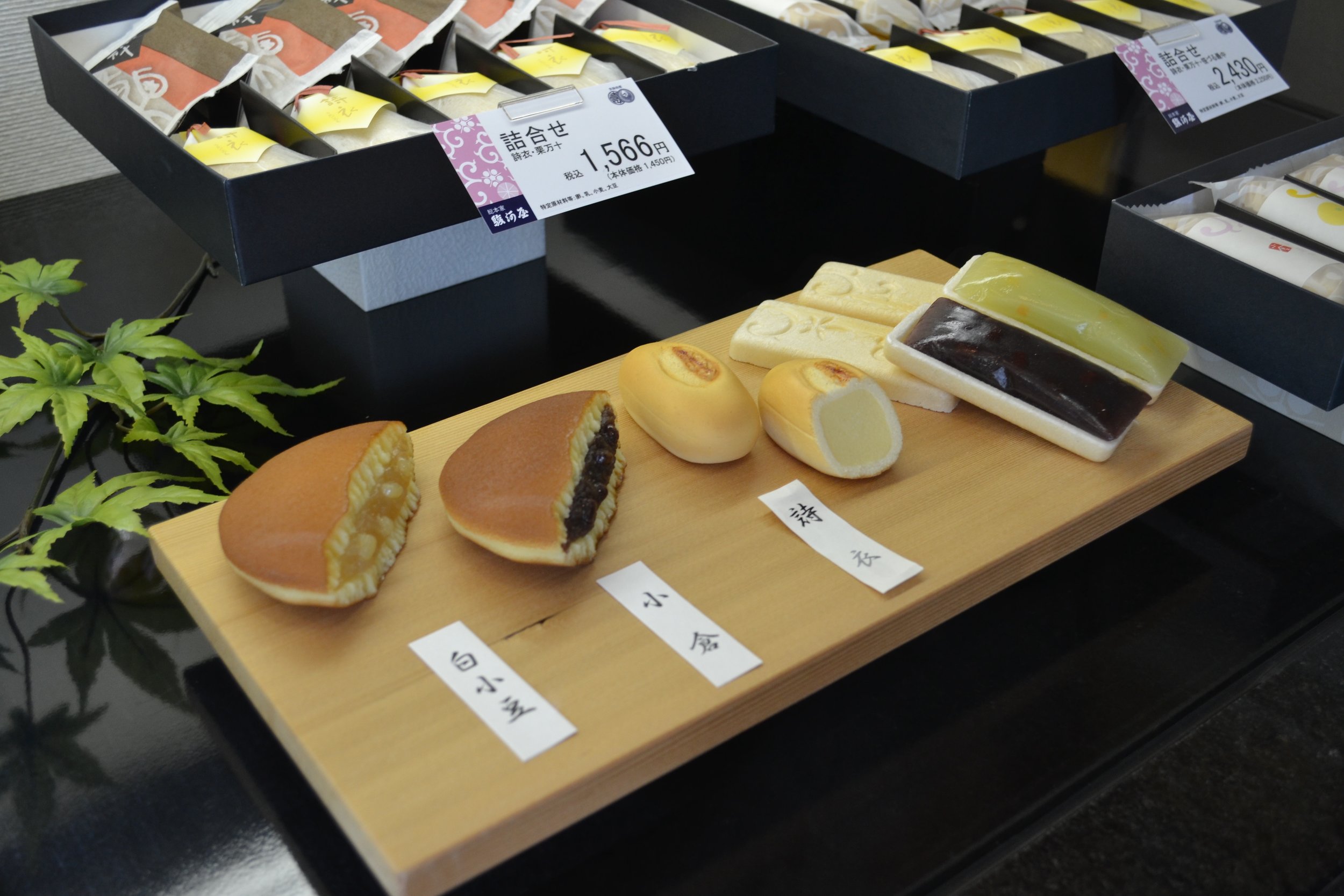Yokan
Yokan is a traditional Japanese dessert made of thick red bean or white bean paste, sugar and agar. Usually it is formed into a block and then sliced and served chilled during the hot summer months. Often yoke contains chopped ingredients such as beans, chestnuts, sweet potato or figs. Introduced into Japan in 1191 by Zen Buddhists, yokan was originally eaten by monks but over the centuries has evolved into a traditional sweet enjoyed by everyone.
What Are Yogashi?
Although Wagashi are the traditional confectionary of Japan, Yogashi or western style sweets have become increasingly popular. These western recipes have evolved and contain less sugar in order to appeal more to the Japanese palate.
One of the most famous is Japanese Castella Cake, a lovely light sponge cake with a honey flavour. Brought over with the Portuguese traders and missionaries in the 16th century, Portuguese Pao de Castela is made from four ingredients: flour, sugar, eggs, and honey. Moist and spongy, it is baked in a long rectangular shape that is easy to slice and easy to transport, so it is a favourite souvenir for travellers. Although a Nagasaki specialty, Castella has many variations - vanilla, chocolate, green tea - and can be bought all over Japan



















